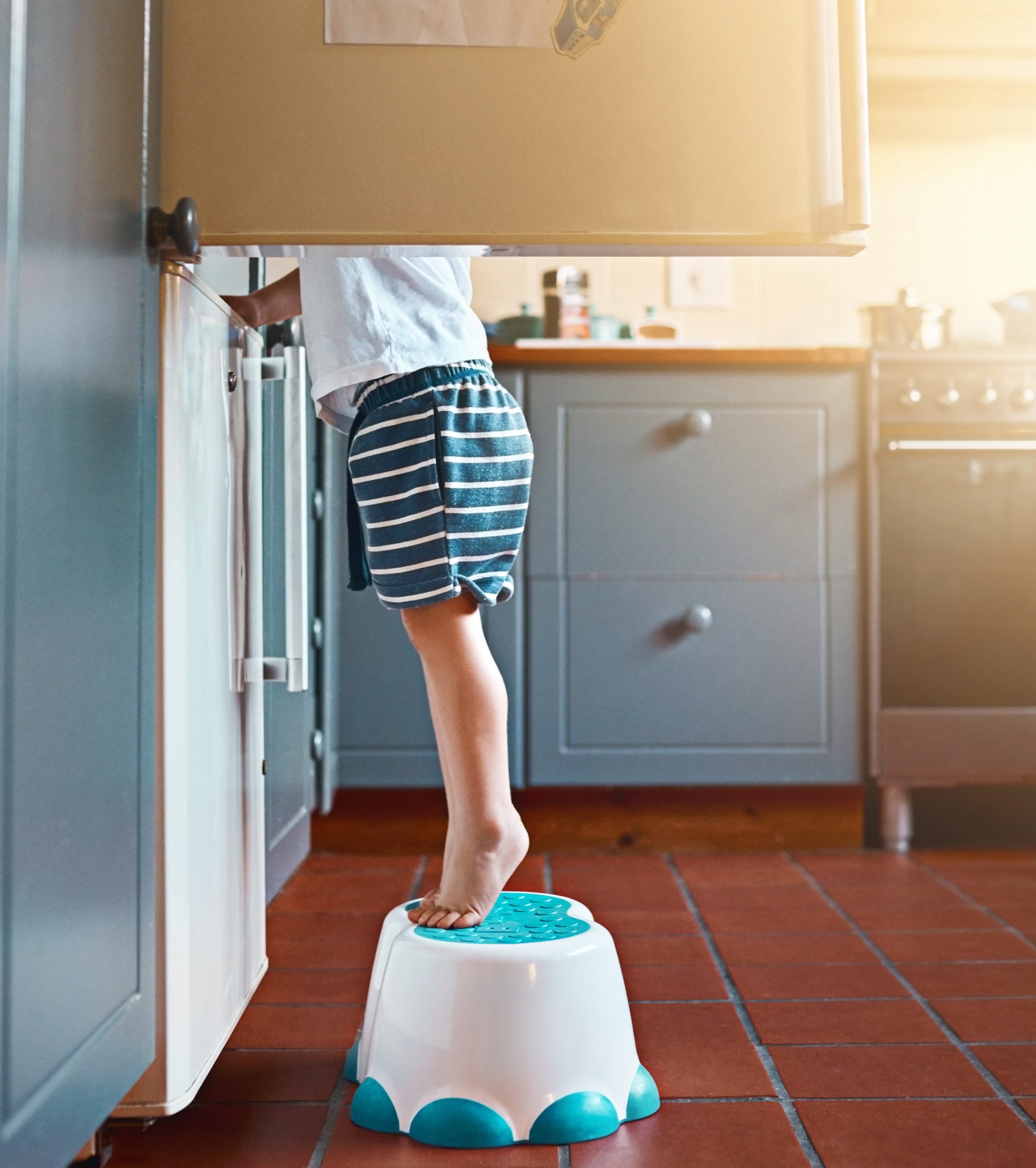
It’s the focal point of every kitchen and gets more use than any other appliance in the house. But while most of us know that coleslaw would be deadly without it, and all of us know the standard joke (Is it running? Then you better go catch it!), some less familiar facts about the family refrigerator could make using it so much cooler.
Many foods currently residing in your refrigerator probably shouldn’t live there, no matter how much rent they are willing to pay. Honey never spoils wherever it’s kept, and cold condensation can ruin the flavor of coffee. Hot sauces, peppers, garlic, and onions are chill without chilling, and potatoes get gritty if exposed to cold temperatures. Tomatoes will lose flavor and become mealy in the fridge, and rice only needs to be refrigerated if it’s already cooked. Some fresh herbs, like basil, will absorb the smell of the fridge, so unless you want your spaghetti to smell like your half-eaten, pumpkin-spiced yogurt, keep them out. Storing batteries in the fridge to add to their shelf life is a myth. In fact, the cold makes them less effective, so put batteries in their rightful place: in the back of the junk drawer, under the old packages of paper clips, where you will never find them when you need them.
Where food is placed in the refrigerator has a huge impact on longevity, color, and taste. Eggs, yogurt, and milk should not be stored in your refrigerator door, despite the fact that many come with cute little egg holders built into the sides, and it’s easy to grab the milk if it’s right there when you open the door. Instead, place these items on the bottom shelf, where the temperature is consistently coolest. Meat also belongs on the bottom shelf to both keep it cold and to prevent meat juice from dripping and contaminating other food products. A better use for the fridge door is the storage of cheeses, butter, and any pasteurized juices. Use the top shelf, which is typically the warmest, for leftovers, condiments, cut flowers, and all of those cosmetics you are keeping cool (more on that later).
Sadly, fruits and vegetables just aren’t evolved enough to live together in peace and harmony and should only be paired on nutritional charts. Some fruits produce ethylene gas, which can speed up the ripening and wilting process of any vegetables living in close proximity. Use higher humidity drawers for vegetables to impede the wilting process and low humidity drawers for fruit. And don’t wash or chop any fruits or vegetables before you are ready to use them because that accelerates their rate of decomposition.
Many beauty products benefit from cold storage. Eye creams last longer and work better on puffy skin when kept cold. Lipsticks left in humid bathrooms tend to spoil, changing from an attractive cherry red to a bruised-looking sienna brown, but stay pretty if kept in the fridge. Nail polish lasts longer refrigerated but should be warmed slightly before applying.
Some household items also last longer and perform better if stored in the fridge. Candles drip less, and garden seeds stay plant-ready if kept cold. Bowls and whisks make whipping cream easier if chilled first, and important documents, such as birth certificates and wills, can be stored in the fridge to protect them from house fires. In an effort to reduce odors and eliminate the risk of attracting bugs, some people put their trash in the refrigerator. Others put live bait in the fridge, keeping it cool until the next fishing expedition. But use caution because worms in close proximity to raw meat seem like a precursor for the movie Poltergeist.
Refrigerators work best when they are neither too full nor too empty. If you’ve over packed the fridge with leftovers, condiments, candles, and cosmetics, you risk blocking vents and restricting the airflow that keeps the fridge running smoothly. On the other hand, an empty refrigerator consumes additional energy in an effort to stay cool. Refrigerators that are approximately two-thirds full run best.
Clothes fade less, smell fresher, and even stretch better when stored in the freezer. Blue jeans keep their color longer if stored in the freezer, and well-worn tennis shoes lose their stench if stored there as well. And time spent in the cold slammer might actually help shoes expand and fit more comfortably. Who knew?
Frequent maintenance checks can keep your refrigerator running smoothly. The seals on the door should be monitored for cool air seepage. Close the door on a dollar bill, leaving it half out of your fridge. If it falls out or gives little resistance when pulled out, you need to get your seals checked. Keeping the fridge temperature set at approximately 37 degrees F will keep food both fresh and not frozen and will prevent the growth of bacteria on or in your edibles. To avoid either premature thawing or an accumulation of indoor freezer snow, set the freezer to 0 degrees F. Condenser coils should be kept free of dust. In the event of a power loss, don’t open the fridge or freezer doors, even just to sneak a peek. Food will then stay safely cold for approximately four hours in the fridge and 24 to 48 hours in the freezer.
Try these tips on your home refrigerator, and not only will you improve the quality of your kitchen life, but the next time you open your fridge, your face will positively light up.










